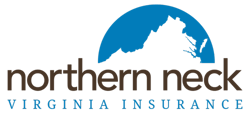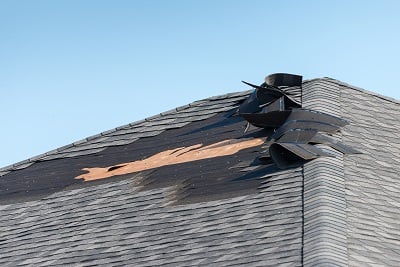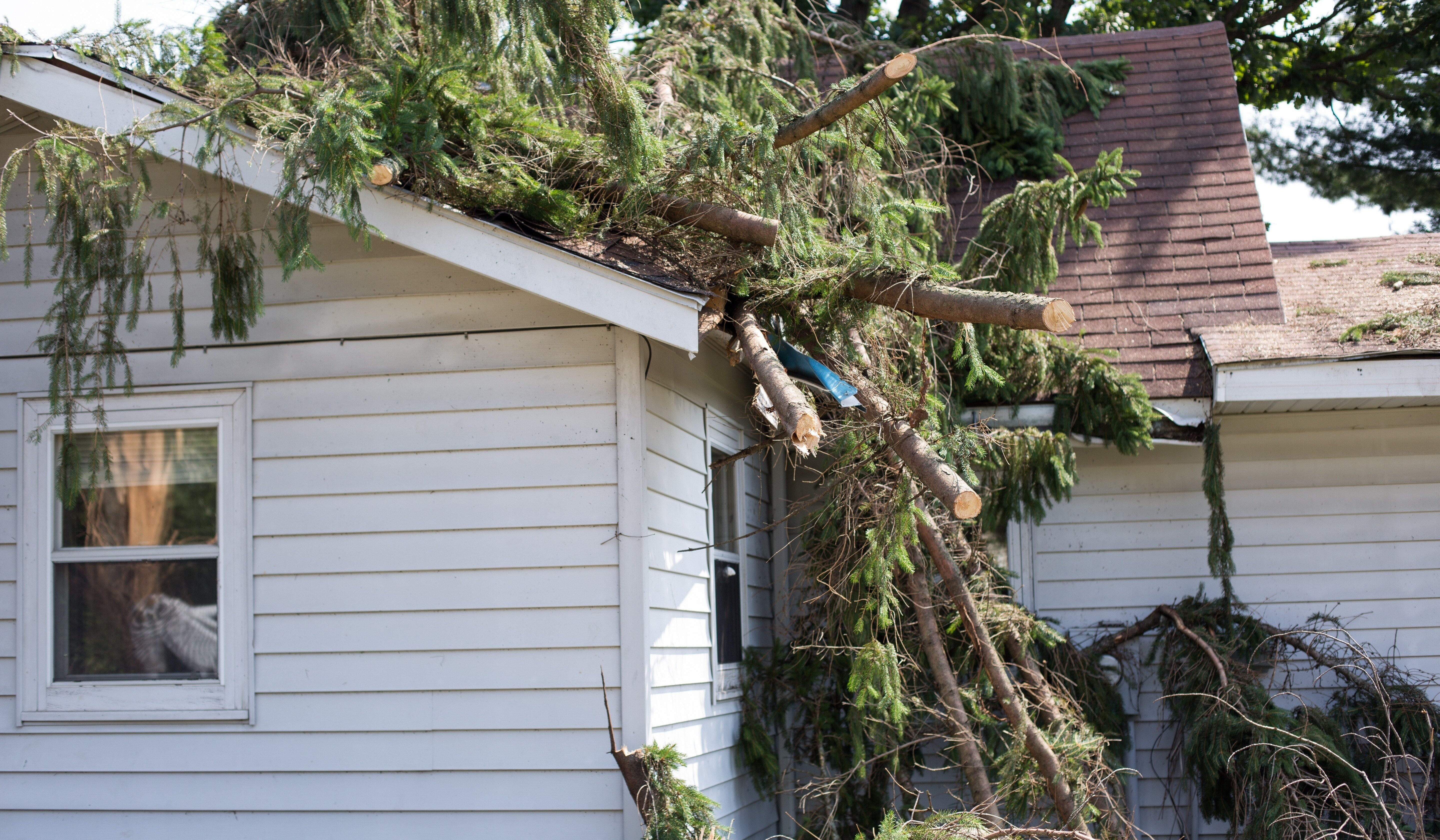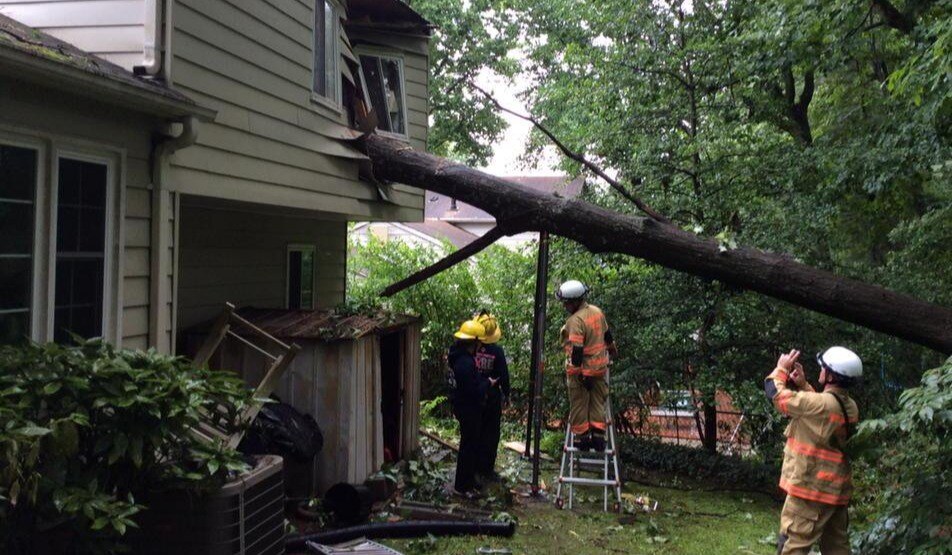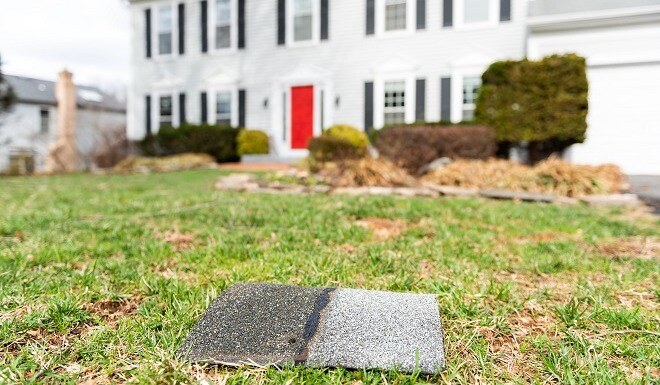
Severe Weather is Taking its Toll on Virginia Homes
Wind and hail storms are typical as spring rolls in warmer temperatures through Virginia. They historically result in numerous home insurance damage claims for our members. In March 2017, a storm swept quarter-size hail and powerful wind gusts across central Virginia, damaging homes significantly. My family's Stafford home was in the storm's crosshairs, resulting in a $22,000 insurance claim, including roof replacement from a weather event that only lasted about 6 minutes.
Here at NNINS, we see increasingly severe weather patterns taking their toll on Virginia homes, specifically roof storm damage. NOAA has identified the commonwealth as among the top nine states experiencing billion-dollar weather disaster losses nationally in the past decade. All parts of Virginia have experienced extreme weather that could expedite roof wear that requires repair.
Does Insurance Cover Roof and Storm Damage?
Roof damage from a covered peril such as severe weather can be covered by your home insurance policy as long as your roof is well-maintained. Home insurance coverage works best when you maintain your home and do everything you can to prevent damage. Like other parts of your home's exterior, your roof needs maintenance and has a life span. There will come a point where your roof needs to be replaced. It's definitely a big-ticket item you should be planning for.
Old roofs cause problems with home insurance claims because their age makes them more susceptible to damage that may not be sudden or accidental. Your homeowners policy would not cover the cost of repairing the roof if the damage resulted from lack of maintenance or wear.
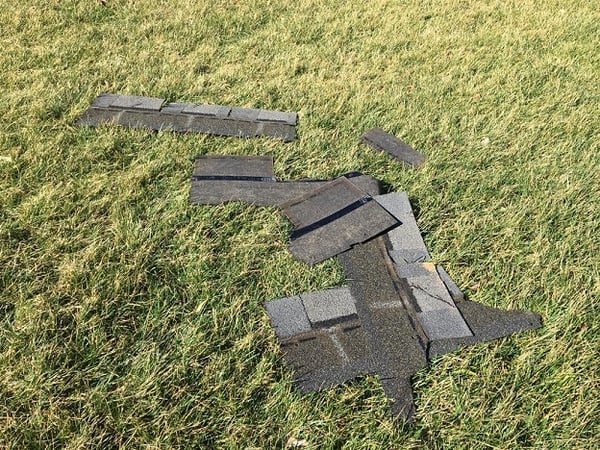
How Do Hail and Wind Damage Your Home's Roof?
Hail can easily damage the soft metal components on your roof and pit asphalt shingles. Wind can rip or separate roof shingles. There are ways to tell if you have accelerated wear or roof damage, but it may not be noticeably visible to an untrained eye. Knowing what hail damage looks like on your roof can be challenging. For this reason alone, it's wise to schedule a preventative roof inspection each spring and be sure everything is tight and sound. Leaving undetected roof damage can cause costly interior issues in your home's attic.
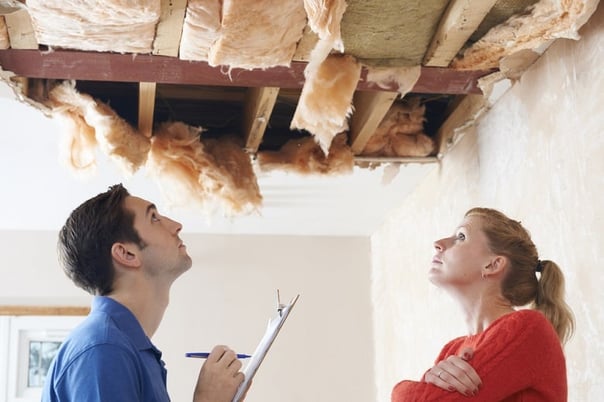
What Will a Roofing Professional Check For?
Here is a checklist of things a licensed and certified professional Virginia roofer will check for:
- Interior issues with insulation, ventilation, and leakage
- Damaged, worn, or missing shingles
- Missing or damaged flashing
- Sagging
- Exposed or loose nails
- Issues with gutters affecting the roof
- Missing caulk
- Rot and mold
- Excessive granule loss
- Chimney cracks
- Signs of animal intrusion
Tornadoes, Derechos, and Hurricanes- Oh my!
In addition to the crazy weather like wind and hail storms, are you prepared for Virginia's peak tornado season from March 1st through the end of May? Not to mention how heavy April showers bring May flowers and potential home water damage. Virginia's hurricane season begins June 1st and peaks in October. Does your roof need to be replaced or repaired before these severe weather threats? A simple roof inspection will ensure your roof is strong enough to deflect wind and send rain straight to your home's gutter system and away from your foundation.
We recommend being proactive and scheduling a roof inspection. Then enjoy the warmer days, knowing your home's first line of defense is ready for whatever severe weather comes to the commonwealth. And if you have a weather-related home insurance claim and have severe weather damage questions, we're always close by and ready to help.
THE NORTHERN NECK INSURANCE INTEGRITY PROMISE — We pledge to provide straight talk and good counsel from our NNINS Virginia insurance experts through our blog. While we hope you find this to be a helpful source of information, it does not replace the guidance of a licensed insurance professional, nor does it modify the terms of your Northern Neck Insurance policy in any way. All insurance products are governed by the terms in the applicable insurance policy.
